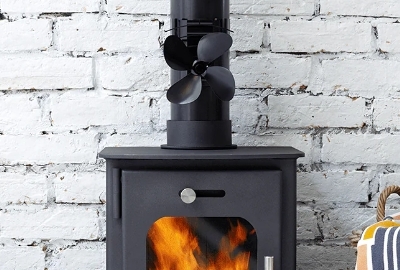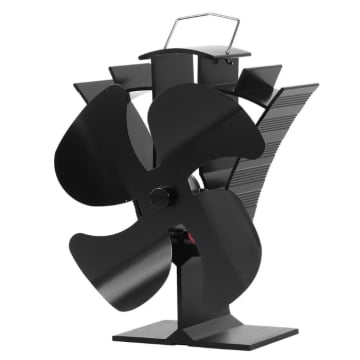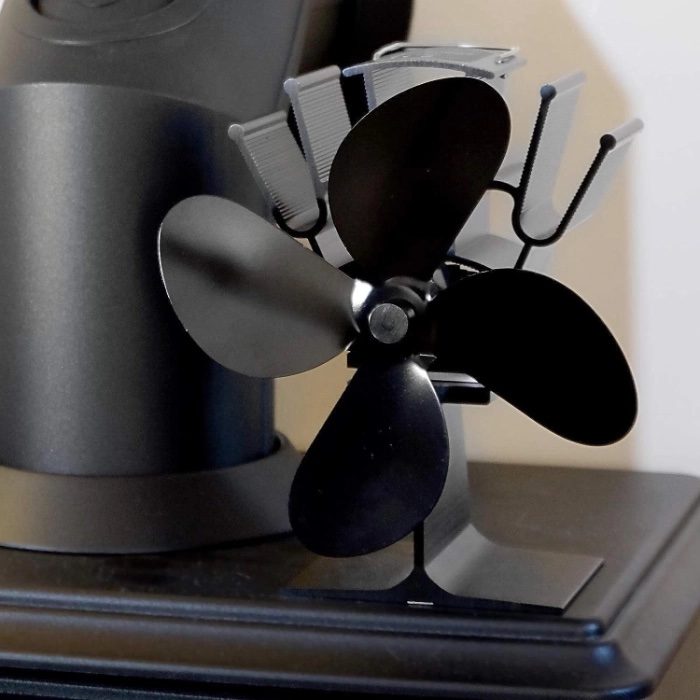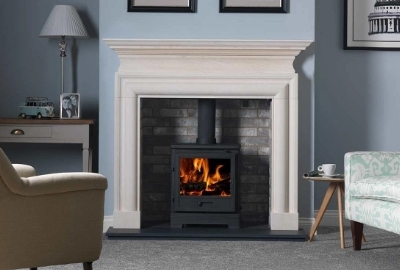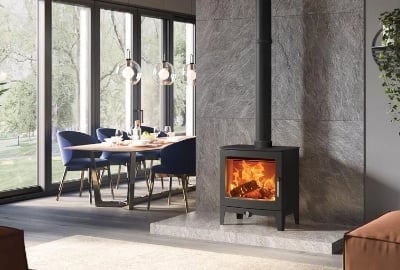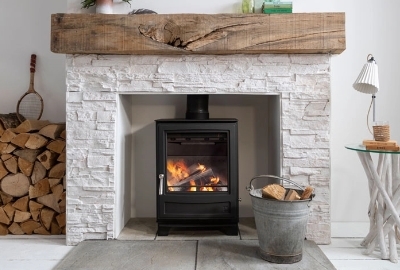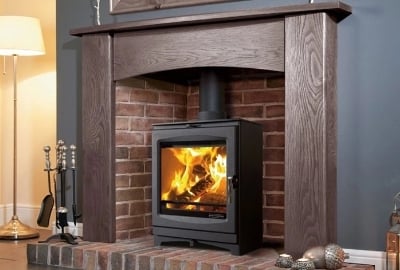Do you own a wood burner and do you want to get more efficiency and heat out from your fire? If you do then a stove fan might be a great option that will help your stove achieve better efficiencies and circulate heat more effectively!
In this article, we’ll provide you with some great reasons to buy a stove fan and explain everything you need to know about them; from how they work to how they could save you money on your fuel!
Contents
How Does a Stove Fan Work?
What is the Benefit of a Stove Fan?
Which are the Best Stove Fans to Buy?
Where Should I Position a Stove Fan?
Are Stove Fans Safe
Do Stove Fans Work With All Log Burners?
How Many Blades Should a Stove Fan Have?
How Does a Stove Fan Work?
Stove fans are designed to circulate the warm air produced by your stove evenly around the room. The circulating blades of the fan direct all the warm air away from the fireplace and flue so it goes into your living space rather than losing some of the heat in your chimney space.
The main idea of a circulating stove fan is that it helps improve the circulation of the radiated heat from a log burner and provides convected heat in your room which is a very efficient way of heating.
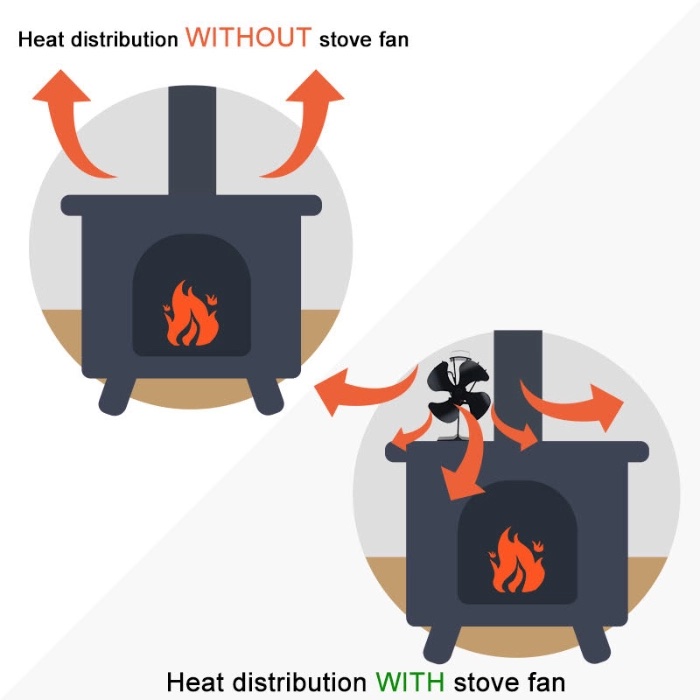
What is the Benefit of a Stove Fan
As we’ve mentioned above, a stove fan can increase the efficiency of your stove and because it circulates heat for your fire you’re less likely to experience cold spots in the room. The circulation of heat creates a comfortably warm environment and you may find your room heats up quicker with a stove fan as it convects heat rather than radiating it.
Another fantastic benefit of a stove fan is that they are powered completely by the heat generated from the room heater stove. The blades don't require any electricity to rotate so you don’t need to replace batteries or worry about an increased electricity bill!
Not only can stove fan help heat your room more quickly and efficiently but they are also relatively cheap to buy. You can pick up a good quality stove fan for a little over £50 but there are cheaper options available. If you want your stove fan to last we’d recommend spending a little more on a good brand.
Which are the Best Stove Fans to Buy?
Fans with more blades are known to be quieter than those with fewer blades and stove fans with more blades tend to be better balanced so they sit more securely on your wood-burning or multi-fuel stove. Our stove fans come in different sizes so consider the space available on top of your wood burner before you buy.
Where Should I Position a Stove Fan?
Well, you’d think the answer to this question would be simple and on top of the stove would be the answer! You’d be correct in thinking this but there is a certain position on your stove where we think the fan will work at its best.
The back edge of your stove is the best position for a new stove fan. In this position, the fan will draw cooler air from behind the stove and push out the warm air radiating from the cast iron or steel top of your stove. The ideal operating temperature of a stove fan is between 205°C and 345°C. You may wish to consider purchasing a flue pipe thermometer to check the temperature does not get too hot, also worth considering is a flue thermometer which also reduces the risk of over-firing your log burner.
Are Stove Fans Safe?
Yes, stove fans are very safe to use if you follow the basic guidelines we’ve listed below.
- Ensure your fan is positioned on a flat even surface
- Do NOT attempt to move the stove fan while it is spinning
- Always wait for the stove fan to cool down before handling
When you buy a stove fan, you’ll find a handy guide and manual within the packaging to give you additional set-up details.
Do Stove Fans Work on All Log Burners?
Yes, stove fans can be used on pretty much all stoves that have enough space on the top of them for the fan to sit. Small stoves and low heat output wood-burning stoves can work still work well with a fan so don’t worry if you’re considering buying a small stove for a conservatory or sunroom. Inset stoves tend not to be suitable for stove fans due to the limited space for the fan to sit. Another consideration is how high your lintel is above your stove, you’ll need to measure this to ensure the stove fan will sit underneath it.
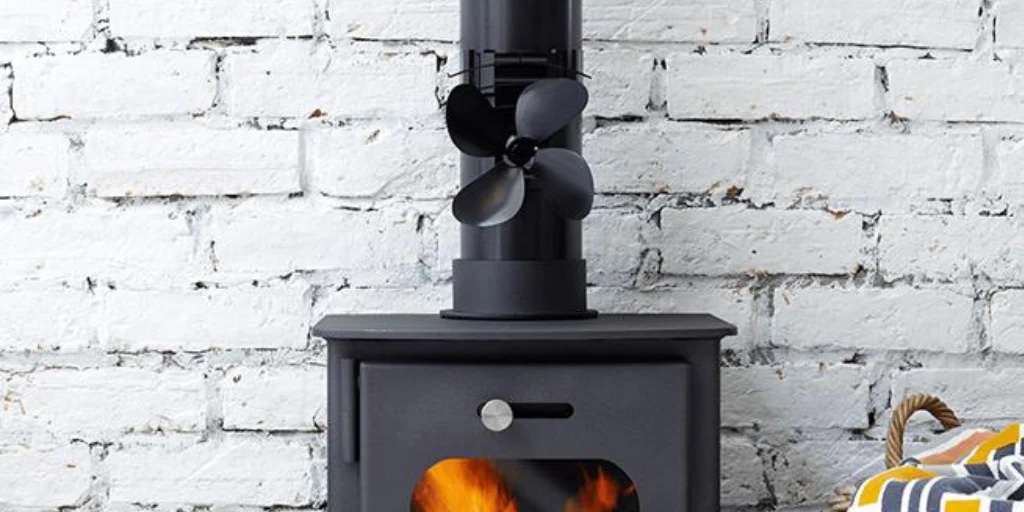
How Many Blades Should a Stove Fan Have?
You'll typically find that most wood stove fans have 3 or 4 blades, but there are fans on the market with 2 blades or even 5 or more blades! Fans with more blades are known to be a little quieter than those with fewer blades and more blades usually means the fan has better balance. The more blades a wood stove fan has the better it will circulate air so if you have a large living space you might want to buy a 4 or more-bladed fan. Always consider the size of your space and your needs when you choose your fan.

